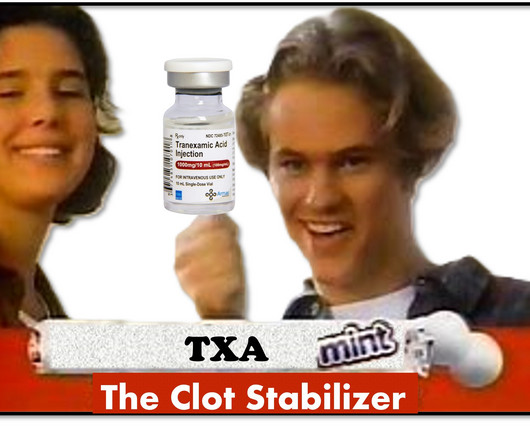emDOCs Podcast – Episode 91: Marine Envenomation and Trauma
EMDocs
DECEMBER 19, 2023
link] Published April 7, 2016. Possible early antibiotic treatment Minor Marine Trauma Mechanism: Bites, Stings, Nematocysts Envenomation Presentation: All can cause localized pain, erythema, and warmth Dermatologic: Urticaria, burning, pruritus, localized paresthesia. The Atlas of Emergency Medicine, 5e. McGraw Hill; 2021. doi:10.1136/emj.2005.028456











Let's personalize your content